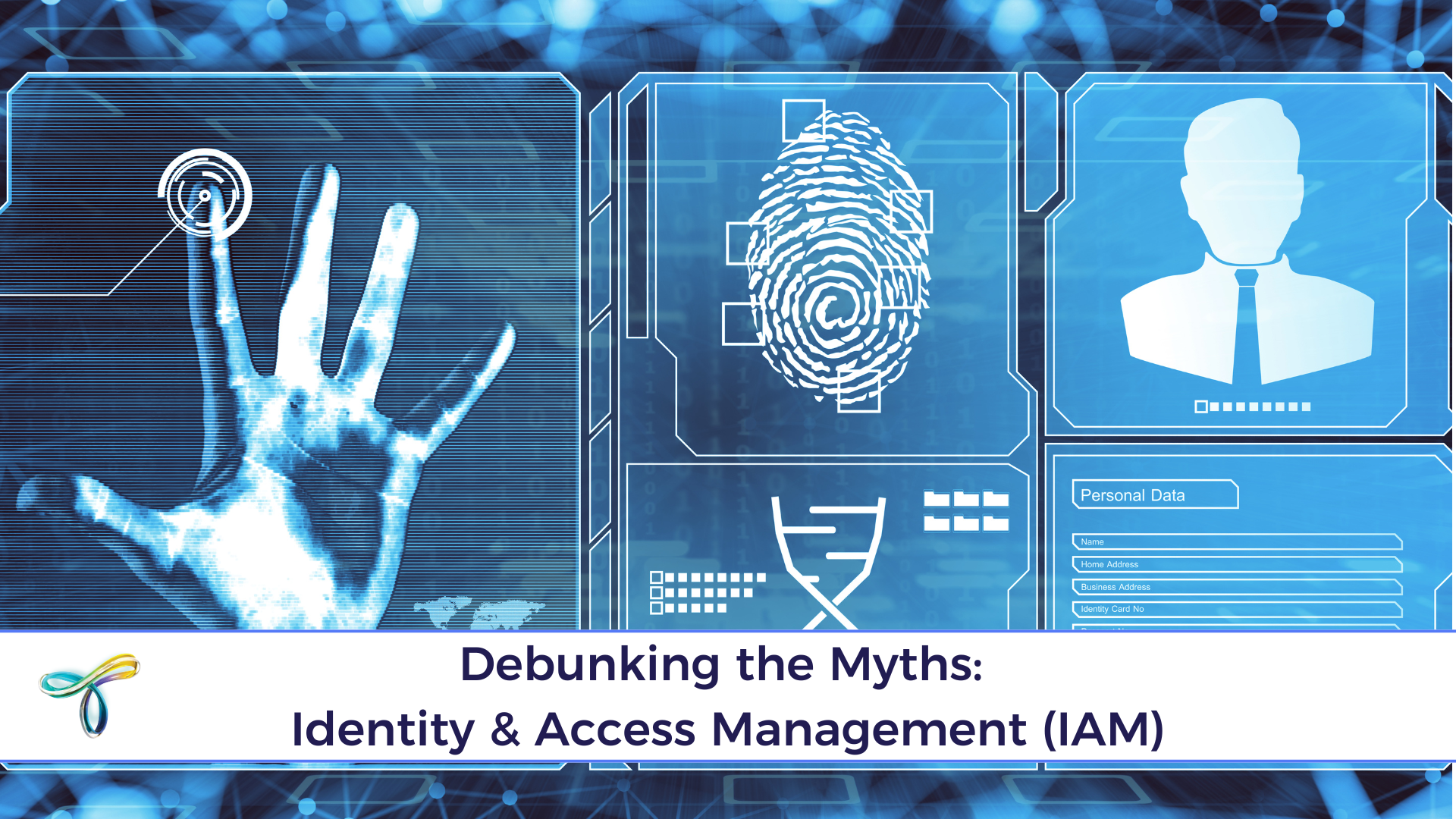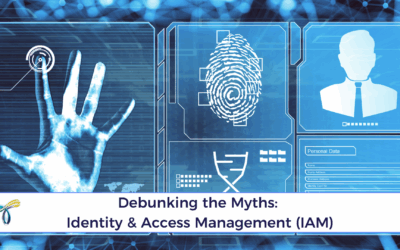The transportation industry is undergoing a digital transformation, with technologies like IoT, autonomous vehicles, and real-time data analytics enhancing efficiency and passenger experiences. However, this increased connectivity also introduces significant risks to data security. Transportation systems now face threats ranging from passenger data breaches to operational disruptions caused by cyberattacks. In this article, we explore the unique challenges of data security in transportation, best practices for protecting critical systems, and emerging technologies ensuring the safety and resilience of the sector.
Why Data Security is Critical in Transportation
Transportation systems collect and manage vast amounts of sensitive information, including:
- Passenger Data: Personal information such as names, addresses, payment details, and travel itineraries.
- Operational Data: Real-time information on routes, vehicle performance, and logistics schedules.
- Critical Infrastructure: Systems controlling traffic management, air traffic control, and railway signaling.
A cyberattack on transportation systems can lead to:
- Identity Theft: Compromised passenger data can result in financial and personal security risks.
- Operational Disruptions: Attacks on control systems can halt transportation services, causing widespread delays and economic losses.
- National Security Risks: Targeting critical infrastructure, such as airports or rail systems, can endanger public safety and national stability.
According to the European Union Agency for Cybersecurity (ENISA), the transportation sector saw a 50% increase in cyberattacks in 2023, highlighting the growing need for robust data security measures.
Key Data Security Challenges in Transportation
The transportation sector faces unique challenges due to its complexity and reliance on digital technologies:
- Interconnected Systems: Integration of IoT devices, sensors, and control systems creates a vast network with multiple potential vulnerabilities.
- High Volume of Data: Continuous data generation from ticketing systems, fleet management platforms, and passenger applications increases the attack surface.
- Third-Party Risks: Collaboration with payment processors, logistics providers, and maintenance vendors introduces risks from external parties.
- Legacy Systems: Many transportation networks rely on outdated control systems that lack modern security features.
- Physical and Digital Overlap: Unlike many industries, transportation involves both cyber and physical systems, requiring a dual-layered approach to security.
Best Practices for Data Security in Transportation
To safeguard passenger data and ensure operational resilience, transportation companies must implement comprehensive security strategies:
- Encrypt Sensitive Data: Use end-to-end encryption for passenger and operational data during transmission and storage.
- Segment Networks: Separate IT and operational networks to minimise the risk of cyberattacks spreading across systems.
- Adopt Multi-Factor Authentication (MFA): Require multiple layers of verification for access to critical systems.
- Monitor Networks in Real-Time: Deploy AI-driven tools to detect anomalies and respond to potential threats immediately.
- Secure IoT Devices: Implement robust authentication and firmware updates for IoT devices used in vehicles, traffic systems, and logistics.
- Educate Employees: Train staff on cybersecurity protocols, recognising phishing attacks, and handling passenger data securely.
- Collaborate with Regulators: Work with government agencies to align security measures with national and international standards.
Leveraging Technology
Emerging technologies are playing a critical role in protecting transportation systems:
- Blockchain for Supply Chains: Blockchain ensures transparency and security in logistics, protecting data from tampering and unauthorised access.
- AI and Machine Learning: AI systems analyse network activity to detect and mitigate cyber threats in real time.
- Digital Twins: Virtual models of transportation systems allow companies to simulate and test security measures without risking real-world operations.
- Biometric Authentication: Fingerprint and facial recognition enhance security at check-in counters, boarding gates, and vehicle access points.
- Quantum-Safe Encryption: Preparing for the rise of quantum computing, transportation companies are exploring encryption methods resistant to quantum decryption.
Future Trends in Transportation Data Security
As transportation becomes more digitalised, the industry must adopt advanced measures to stay ahead of emerging threats. Key trends include:
- Cybersecurity for Autonomous Vehicles: Securing self-driving cars, drones, and automated trains will become a top priority.
- Real-Time Threat Intelligence: Sharing threat data across transportation networks will enable faster responses to cyberattacks.
- IoT-Specific Security Standards: Establishing clear guidelines for securing IoT devices used in transportation systems.
- Passenger Awareness Campaigns: Educating passengers on how to protect their data during travel, such as avoiding unsecured Wi-Fi networks.
- Zero-Trust Architecture: Transportation companies will adopt zero-trust frameworks to continuously verify users and devices accessing their systems.
Ensuring Secure and Reliable Transportation
Data security in transportation is essential for protecting passenger information, maintaining operational integrity, and ensuring public trust. By adopting best practices, leveraging advanced technologies, and fostering collaboration across the industry, transportation companies can safeguard their systems against evolving cyber threats. As the sector continues to innovate, prioritising data security will be critical to delivering safe, efficient, and reliable services.
Stay tuned for the next article in our “Data Security in…” series, where we’ll explore the challenges and solutions in media and entertainment.





